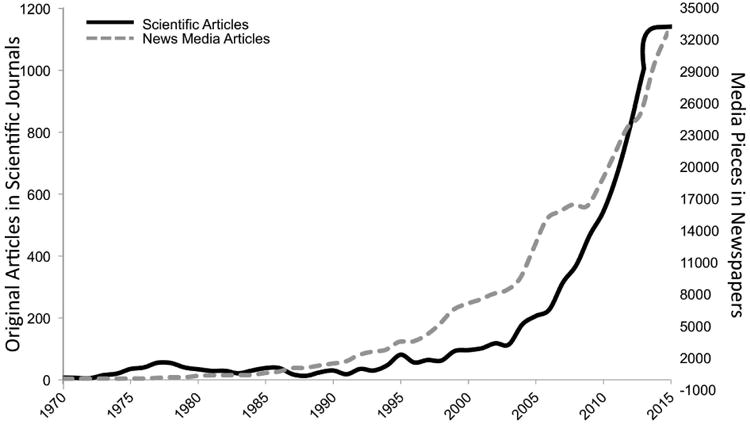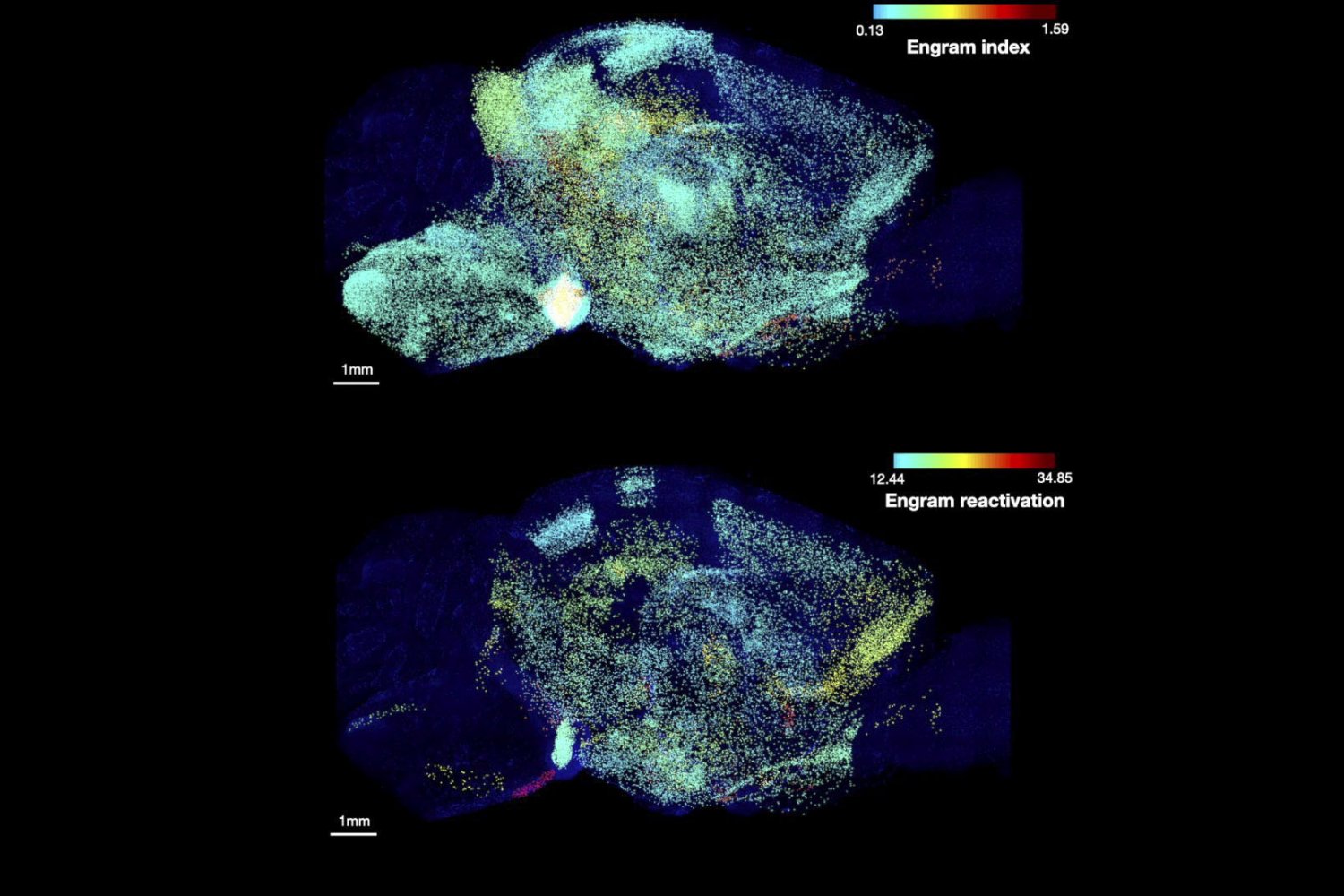Inner Work Fundamentals: Debunking Mindfulness Myths & the Subconscious Mind
Along with the critical thinking aspect, inner work is the core preparation for discovering our expanded consciousness. Inner work is a process of self-examination related to our observations, responses to the observations, and the resulting inner dialogue. The method requires our fusing the four qualities (humility, gratitude, compassion, harmony) into our observation construct. Before continuing that discussion, it is necessary to examine certain misconceptions that are detrimental to inner work objectives.
1. The Subconscious Illusion
The premise of a subconscious mind is built around conjecture and theory, without scientific basis. Proponents of a subconscious existence cite hidden memories or traumas and other experiences that covertly control human behavior. This is a common tactic of purported spiritual teachers and self-appointed gurus who have effectively created the commodification of spirituality and mindfulness learning. Any spiritual or mindfulness teaching based on the existence of a subconscious mind is a false narrative that has become a multi-billion-dollar marketplace scam.
Memories do not exist outside the functionality of the human brain. Numerous scientific breakthroughs have and continue to establish a complex process of memory storage across a growing number of brain regions.
“Innovative brain-wide mapping study shows that an “engram,” the ensemble of neurons encoding a memory, is widely distributed and includes regions not previously realized.”[1]
Inner work systematically demonstrates the subconscious storyline as inaccurate and misguiding. An individual does not require costly retreats or the payment of excessive hourly rates to learn the inner work methods for enhancing our awareness of sensory, emotional, cognitive, and influencing processes. Energy is not wasted in attempting to re-program a non-existent subconscious mind.
Inner work is the comprehension of how our observations trigger emotional responses and the resulting inner dialogue. With that understanding, an individual is prepared to further engage inner work dynamics (see my article, Observation as First Cause, Part 1).
2. No Mind, or Show Me Yours And I’ll Show You Mine
The mind problem has specific commonality to the subconscious. Neither exists. Our brains process all information or data. There’s no subset or central processing function outside of or parallel to the neural activity of the brain. The mind archetype is a mistaken attribution related to our inner dialogue. The inner dialogue follows a progression from our observations, emotional responses, and generated thoughts that compose the inner dialogue.
We are conscious of sensory movement; from the five senses or memories, thought wandering, dreams, and visualizations. The brain processes the observations that trigger bias-conditioned emotional responses. The brain equates the bias-conditioning to stored memories, and thoughts are immediately produced that fit our bias-conditioning. The result is our inner dialogue. The progression is a continuum of consciousness and brain activity—no mind.
The mind problem further exacerbates the spiritual and mindfulness monetizing conundrum. No mind and no subconscious are potentially ruinous setbacks to the credibility of commercialized spirituality and mindfulness.
3. The Mindfulness Trap: A $4 Billion Happy Face
Mindfulness amounts to nothing more than naïve solutioning that preserves self-indulgent outcomes. Commodified mindfulness reinforces the ego-bias framework and ignores inner work and conscious development. Mindfulness practice avoids exploring the depth and structure of influencing energies flowing within and amongst human beings. Mindfulness attempts to focus on the dynamics of the present moment (with underwhelming results) and has no tangible sustainability.
Ultimately, mindfulness cannot be demonstrated, and is functionally impotent, as a valid platform for addressing the cultural, political, and social fragmentation that challenges daily existence throughout the global community.
“Mindfulness is sold and marketed as a vehicle for personal gain and gratification. Self-optimization is the name of the game. I want to reduce my stress. I want to enhance my concentration. I want to improve my productivity and performance. One invests in mindfulness as one would invest in a stock hoping to receive a handsome dividend.”[2]
The complexity of our human environment demands a systematic means for delivering the species to a state of humility, gratitude, compassion and harmony towards each other and nature. What we don’t need is short-lived quick fixes that define monetized mindfulness and spirituality.
Recommended Reading

Frequently Asked Questions
How is inner work different from mindfulness meditation?
Inner work engages energetic influences we generate through our observations and consequent emotional responses. The process involves the refinement of our inner dialogue and learning consciousness meditation concepts. Mindfulness meditation does not explore the depths of our ego-bias conditioning and offers no pathway to strengthening the collective consciousness health of the human species.
What makes inner work more effective than commercial spirituality?
Commercialized spirituality is shallow in its value to the human condition. There are no consistent methods, only the packaging of "spiritual" programs that are sold as solutions to a plethora of human defects. Or, the programs are promoted as solutions to manifesting materialistic desires for "happiness" seekers.
Inner work examines the influencing energies human beings project on each other and nature, and the basis by which those energies are present. With this understanding, we refine our influencing patterns and restore the balance within human-to-human and human-to-nature relationships.
References


Related Articles


















